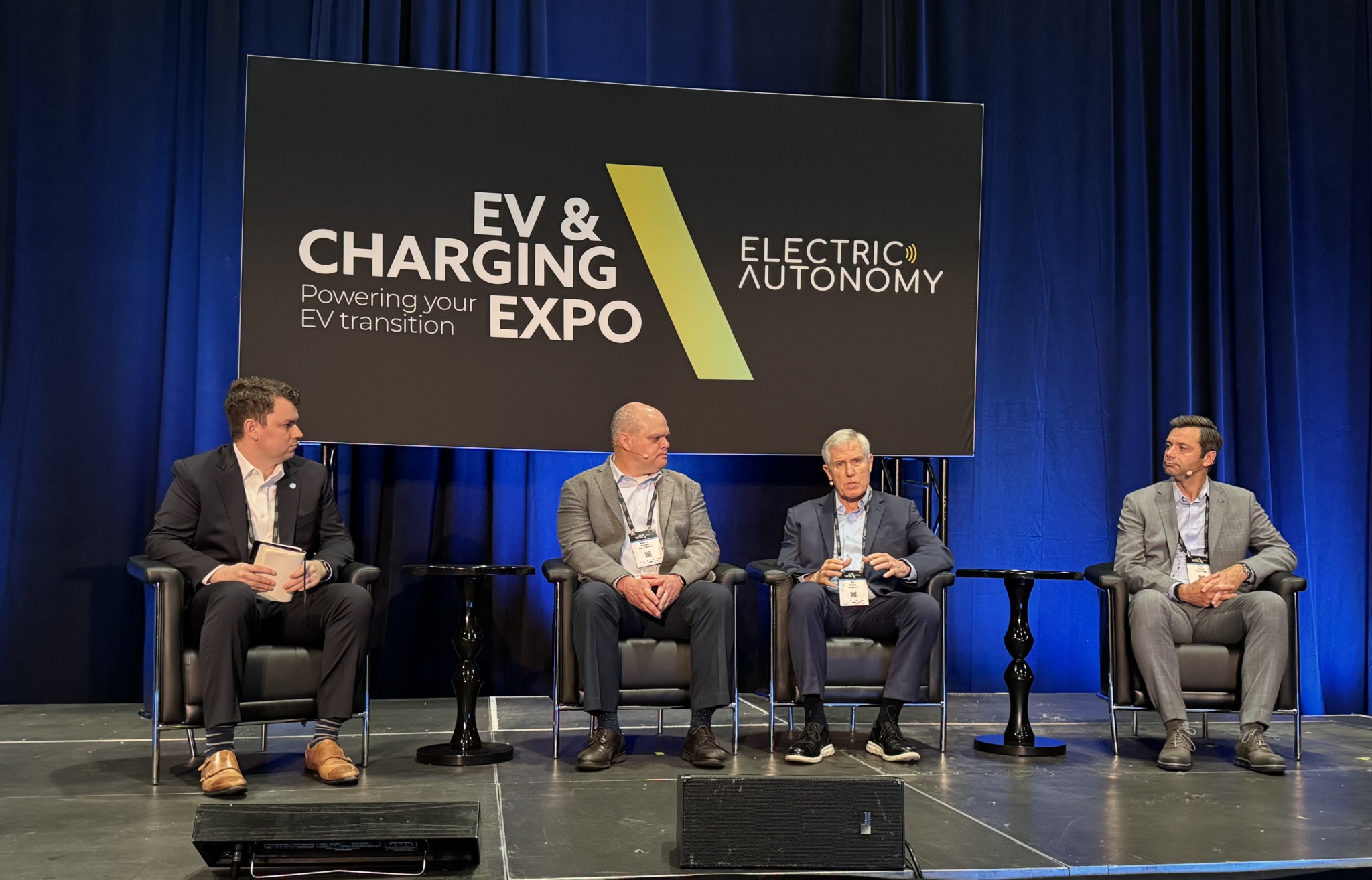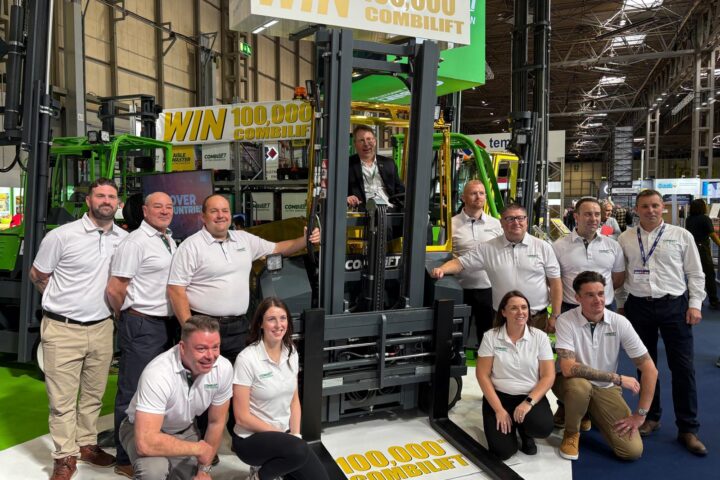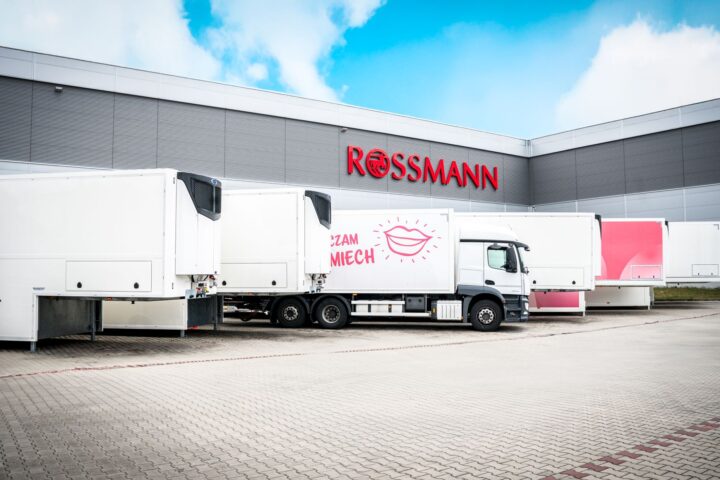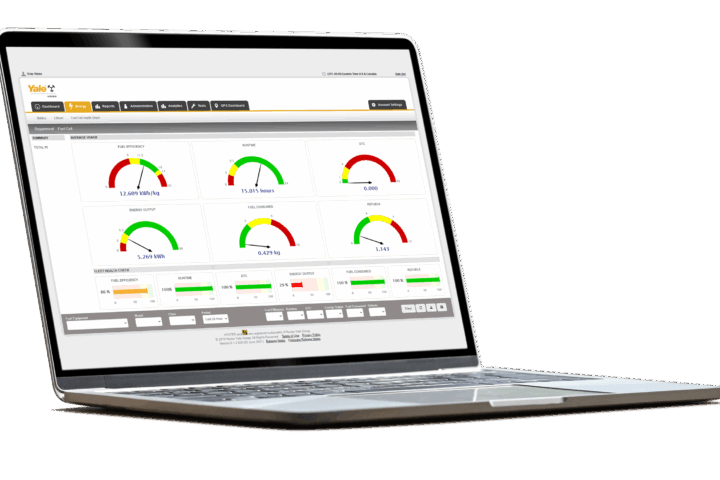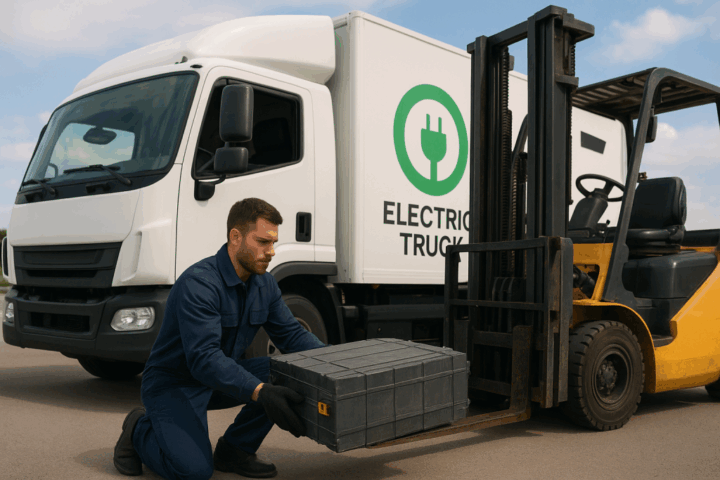Electric trucks are already proving themselves in demanding port operations. But panelists at the EV & Charging Expo in Toronto said the pace of adoption is now shaped less by vehicle capability and more by how quickly infrastructure, permitting, and policy can adapt.
With short, repeatable duty cycles and centralized traffic flows, terminals and depots offer ideal conditions for electrification — but realizing that potential depends on aligning land use planning, utility coordination, and investor support.

Electric trucks prove themselves at the terminals
Ports and yards offer some of the best early use cases for electrification — and the results are already compelling, said Bill Hamlin, executive director of sales for port and rail at Orange EV.
The company’s first electric terminal tractor, sold to DHL in 2015, is still in operation. “It’s got over 30,000 hours on it, and it’s on the original battery pack. It’s still over 80% state of health,” Hamlin said.
In pilot programs across Canada, Orange EV trucks have also operated in sub-zero conditions with no performance loss.
“Here in Canada, with the CN railroad and the CP, we’ve had demos where it’s been well under zero in terms of temperature, and there’s been no impact in terms of the truck performance. In fact, the trucks have outperformed the diesels in the very cold environment,” he said. “Our battery packs are heated, so we keep ourselves warm. As long as our cells are warm, the truck is happy.”
He explained that its trucks use lithium iron phosphate (LFP) battery chemistry, which supports frequent partial charges and performs well in cold. “It’s a safer chemistry, and also it encourages multiple charges.”
“What we’ve said to the port is, whenever you have a chance at a break, a lunch break or another break, to plug in, even if it’s 30 minutes, 45 minutes on a 100-kW charger, for example, you can get another three or four hours of operating time on the truck.”
Hamlin cited one demonstration in Savannah, Ga., where the truck operated for a full 24 hours with intermittent charging. “They ran six hours, did an opportunity charge, six hours, opportunity charge, and just turned it over,” he said. “When you look at the payback of energy and maintenance, it’s still pretty compelling.”
Port authorities enable electrification
As electric trucks prove viable, ports, too, are increasingly stepping into the role of infrastructure enablers.
“We’re facilitators, first and foremost,” said Matthew Wenham, chief of engineering and capital development at the Port of Cleveland.
“Us as facilitators, we’re not only improving the port infrastructure and capabilities, but we’re providing an opportunity for those operators to upgrade their equipment through our electrification program,” he said. “We’re upgrading our utility access six fold to do the first phase of electrification. Ultimately, if we want to finish our electrification in the coming years, decades, we’ll need to upgrade our utility access even more. But infrastructure wise, we’re taking responsibility, we’re improving our technology and infrastructure, and then our operators are purchasing equipment to be able to take advantage of that opportunity and it works for both of us.”
Wenham pointed to infrastructure investments at the Cleveland port — including a planned 2.4-megawatt solar array, battery storage, and microgrid system — which will support terminal operators’ charging needs.
“We are heavily reliant on the private sector to help us implement all this progress,” he added. “It’s fun to lead it and charge it, but if we don’t have help, we don’t make any accomplishments.”
Hurdles with permitting, private investments
Even with proven truck performance and supportive site hosts, electrification efforts are often slowed by permitting delays, uncertain funding, and a lack of clear economic signals — all of which make long-term planning difficult.
“With the market that we have right now, especially in the U.S. — a changing policy and regulatory environment, a changing incentive environment — planning for the future is really hard,” said Thomas Ashley, vice-president of government and utility relations at Voltera.
He said the lack of strong market signals has made private investment more difficult.
“Private stakeholders, including private capital, are an enormous piece of the puzzle, and that private capital needs confidence to invest, and that its investment is going to yield a return necessary to compete with other things that it could invest in,” Ashley said. “The private market is not seeing the right signals, I can tell you, speaking for Volterra, we have largely paused investment in truck charging facilities because of those market signals.”
He did, however, express cautious optimism that California’s forthcoming incentive programs could help shift the investment landscape. “I am very optimistic that the multi-billion dollar vehicle incentive program that is going to go live, we think later this year in California, is going to change those signals and send some different ones, at least in California,” he said.
Despite this broader market uncertainty, Orange EV’s Hamlin said he’s beginning to see encouraging signs from port authorities as they take more ownership of long-term electrification planning.
“In the last two months, we’ve seen a handful of RFPs (requests for proposal) come out from various ports where they’re moving ahead now to try to be able to at least get plans in place for when they’re going to bring infrastructure and trucks and other types of container handling equipment on site,” he said.

